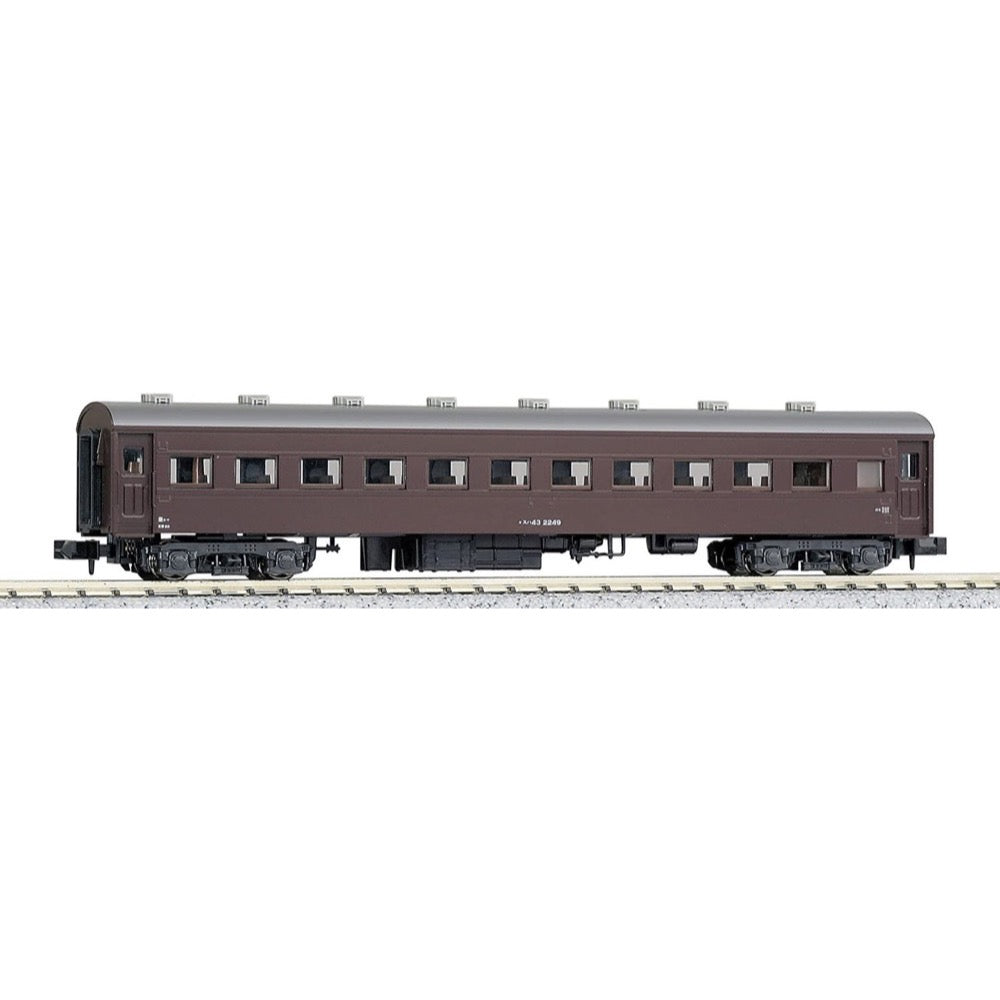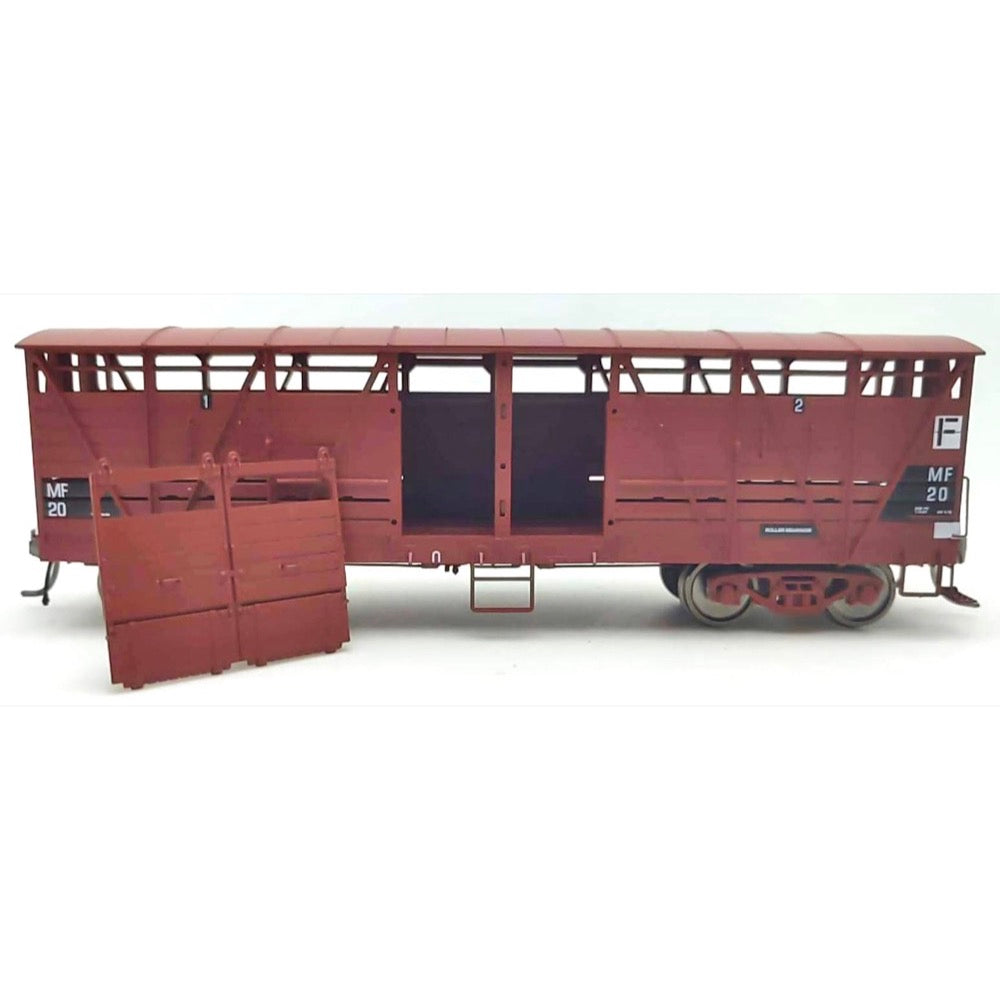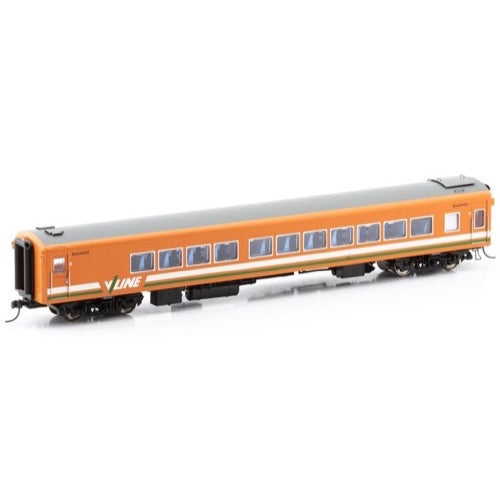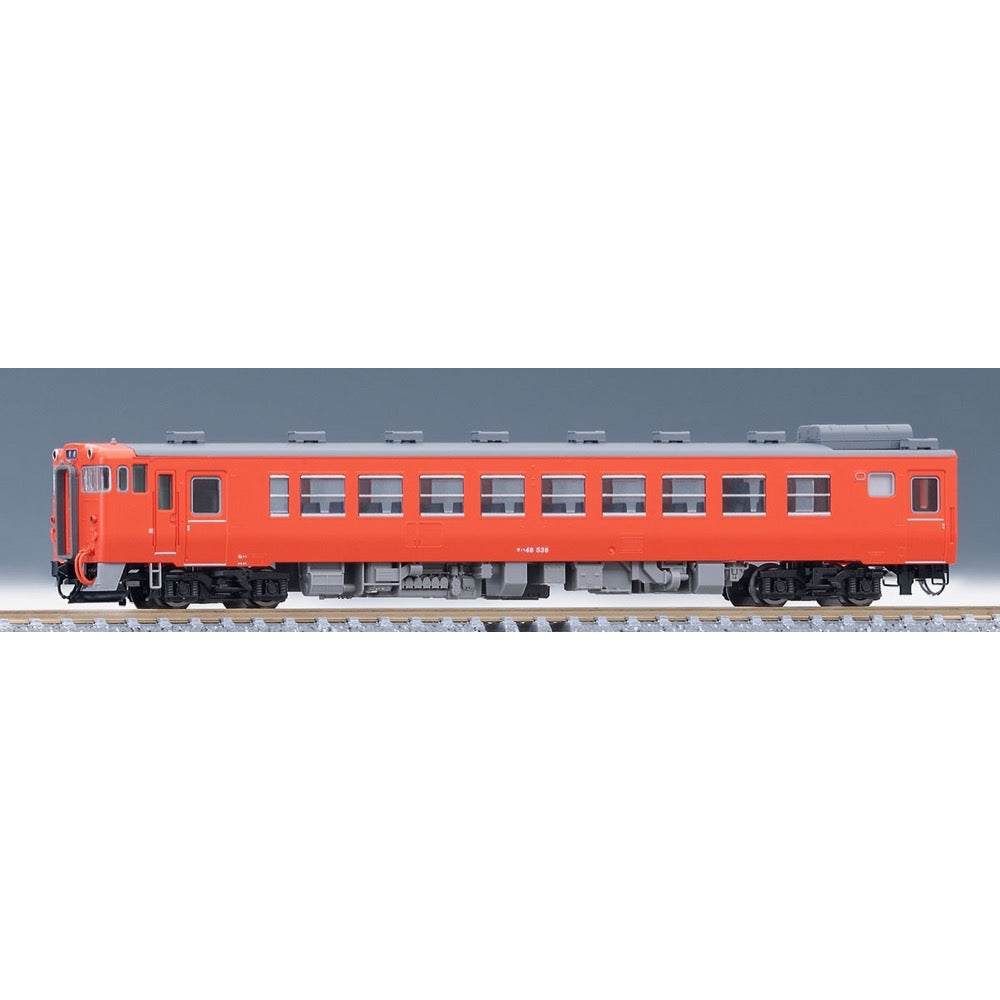
Tomix 9476 N 9476 KIHA 48-500 T
The Kiha 40 series is a general-purpose diesel car that was introduced in 1977.
The Kiha 48 series is characterized by a single driver's cab and a single-opening passenger door.
The Kiha 48 500 series is a vehicle for cold regions, with upper-lower/lower-rising sash windows on the side and DT44 air spring bogies. It was mainly used in the Tohoku region, but many were also deployed in the Chubu region.
Features
- High grade (HG) specifications
- Jumper hoses can be reproduced three-dimensionally using separate parts
- Reproduces the vertical rain gutters inside the car body of Kiha 48 No. 515 and later
- The front window glass reproduces the appearance with a defroster
- The typhoon can be selected from four types, large and small, of "shutter type" and "slit type"
- The front display part is replaceable and comes with a printed part "Regular (navy blue)"
- Replacement front display parts "Rapid" and "(white)" are included
- The car number and JR mark are selectable and include a transfer sheet
- The head and tail lights and front display part are equipped with a constant lighting board and have an ON-OFF switch
- The head and tail lights and front display part are lit by white LEDs
- The headlights light up in a color close to incandescent light by using a color prism
- The H-rubber is reproduced in gray
- The seat is reproduced in blue
- Shoe rubs and door rails are printed
- New current collection system and black wheels are used
- TN coupler (SP) is standard equipment
Contents
Vehicle
- Kiha 48-500 (T)
Accessories
- Runner parts: train radio antenna, signal flare
- Runner parts: typhoon
- Runner parts: front display parts
- Runner parts: jumper hose
- Parts: hood frame
- Parts: obstacle deflector
- Parts: air tank
- Parts: jig
- Transfer sheet: car number, etc.
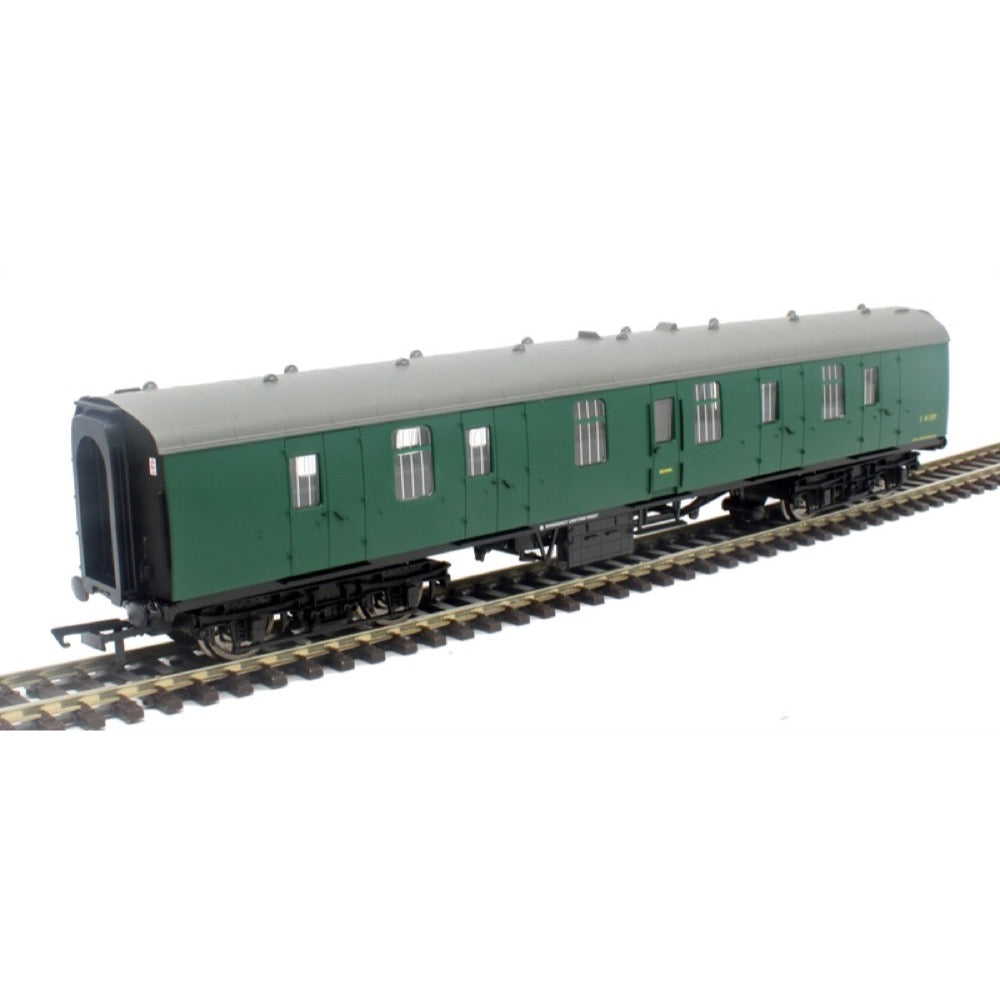
Hornby R4982 OO BR Southern Mk1 BG S84289 Green
The British Railways Standard Mark 1 coach was introduced in 1951 and, over a period of about ten years, the new fleet of coaches replaced pre-war designed rolling stock on most principal routes in the United Kingdom.
The design was used for passenger hauled stock, multiple unit carriages and non-passenger carrying stock; passenger stock construction taking place between 1951 and 1963, while multiple units and non-passenger carrying stock continued to be built until 1974.
The final withdrawal of Mark 1 stock from daily mainline use came in 2005. However, the type continue in mainline charter service, as well as on many heritage railways.
Includes
- 1 x Rolling Stock Coach
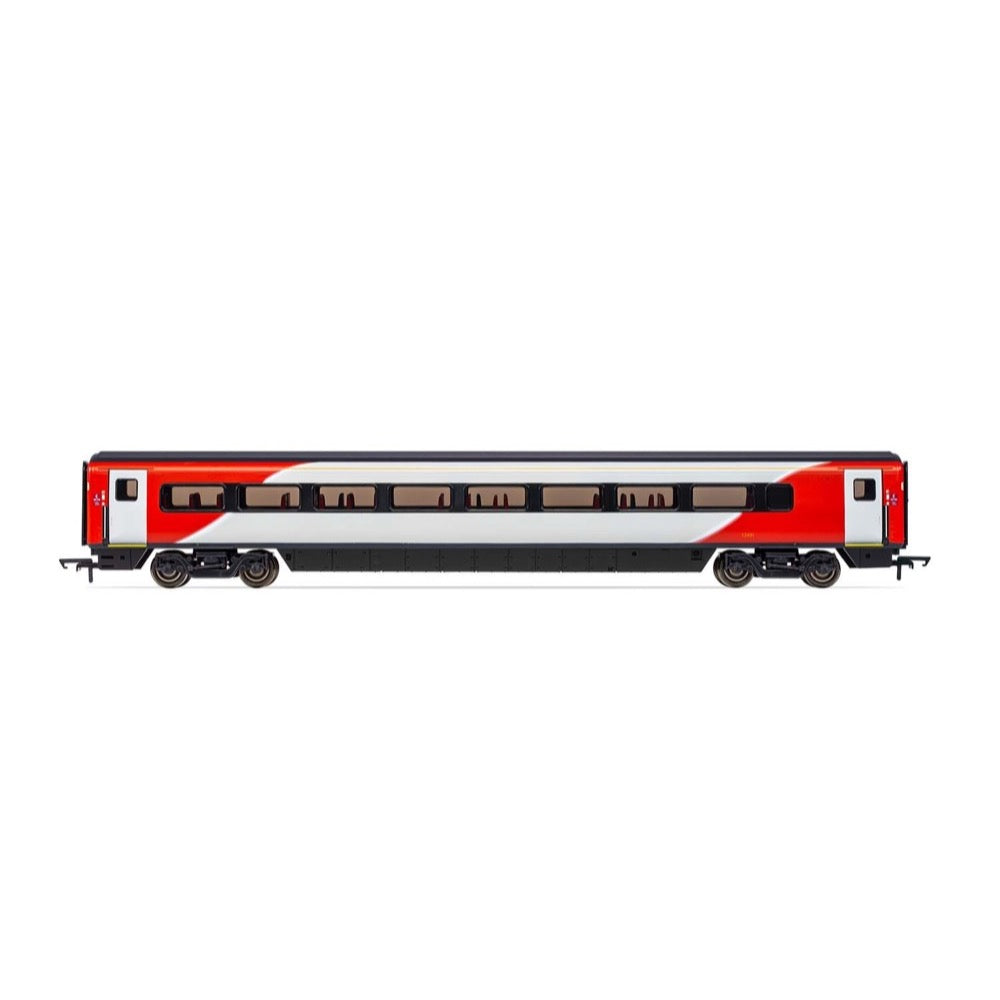
Hornby R40151B OO LNER Mk4 Standard Coach C
Built at Metro-Cammell's Washwood Heath factory, 314 Mk4 coaches were produced between 1989 and 1992. They were built specifically for use on the newly electrified East Coast Main Line, along with hopes that a second order for the West Coast Main Line would be placed at a later date, although this second order never transpired. Mk4 coaches featured many improvements over the Mk3s such as push-button operated plug-type doors, fully sealed gangways and a designed top speed of 140mph. Much of the Mk4 design was based upon the Advanced Passenger Train. In particular, Mk4 coaches feature sides profiled to allow a tilt of up to 6° with newly fitted tilting bogies.
Mk4s entered service in 1989 and helped drive a significant increase in passenger traffic. With privatisation in 1996, all Mk4 coaches were sold to Evershot Rail Group who have since leased them out to the holder of the InterCity East Coast Franchise. The franchise was initially awarded to Great North Eastern Railway (GNER) and has since been operated by National Express East Coast, East Coast, Virgin Trains East Coast and London North Eastern Railway (LNER) owned by the Department for Transport.
Between October 2003 and November 2005 Bombardier Transportation, under contract from GNER, commenced refurbishment of the Mk4 stock, fitting new seating arrangements and introduced onboard Wi-Fi, a first for British rail services. This refurbishment programme was called 'Project Mallard' named after the Mallard steam locomotive, built in the 1930s by the London & North Eastern Railway and holder of the world speed record for steam locomotives.
Although Mk4 coaches have spent most of their lives on the ECML, there are plans to cascade them down to other lines due to the introduction of the Class 800 and Class 801 IEPs.
Specification
- Item Length - Without Packaging (cm): 33
- Item Height - Without Packaging (cm): 5
- Item Width - Without Packaging (cm): 3.5
- Item Weight - Without Packaging: 0.2
- Item Scale: 1:76 Scale 00 Gauge
- Finish: Painted
- License: Yes
- License line: Produced under license for SCMG Enterprises Ltd. ©SCMGE.
- Colour: Grey
- Gauge: OO
- Operator: LNER
- Designer: Met Cam
- Livery: LNER
- Minimum Curve (mm): Radius 2
- Number of Parts: 1
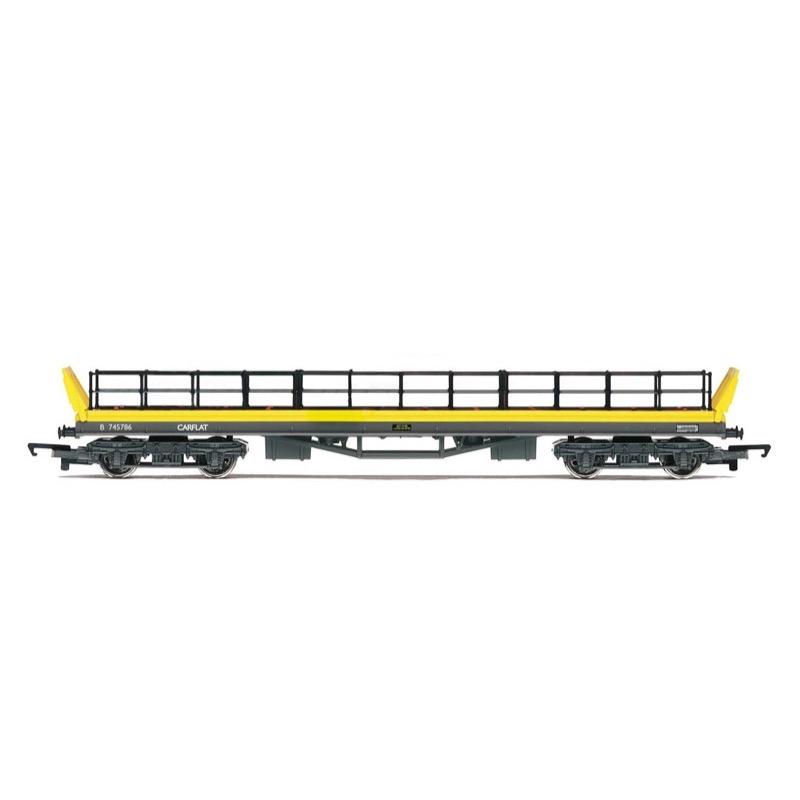
Hornby R60040 OO Motorail Carflat Transporter
British Rail's Motorail brand was the name given to the car transportation services operated by BR from 1955 to 1995. The service was first introduced as the Car-Sleeper Limited in 1995, a service that ran between London in England and Peth in Scotland. The Motorail branding was introduced to BR's full range of car services in 1966 along with the opening of the new London Kensington Olympia Terminal.By the early 1990s the development of Britain's road infrastructure and an improvement in the reliability of cars meant that demand for motorail had fallen drastically. With motorail making significant losses the privatisation of BR saw all services end in 1995. First Great Western briefly reintroduced an overnight motorail service from London Paddington to Penzance in 1999 however this too ended in 2005. Motorail was operated using a variety of different rolling stock including flat wagons known as Carflats. These simple wagons featured a flat surface with small ramps at either end which would fold down to allow cars to be driven along the train.
Specifications
- Item Length - Without Packaging (cm): 26
- Item Height - Without Packaging (cm): 5
- Item Width - Without Packaging (cm): 3.5
- Item Weight - Without Packaging: 0.06
- Item Scale: 1:76 Scale 00 Gauge
- License: No
- Finish: Painted
- Colour: Yellow
- Gauge: OO
- Operator: BR Motorail
- Livery: BR
- Minimum Curve (mm): Radius 2
- Number of Parts: 1
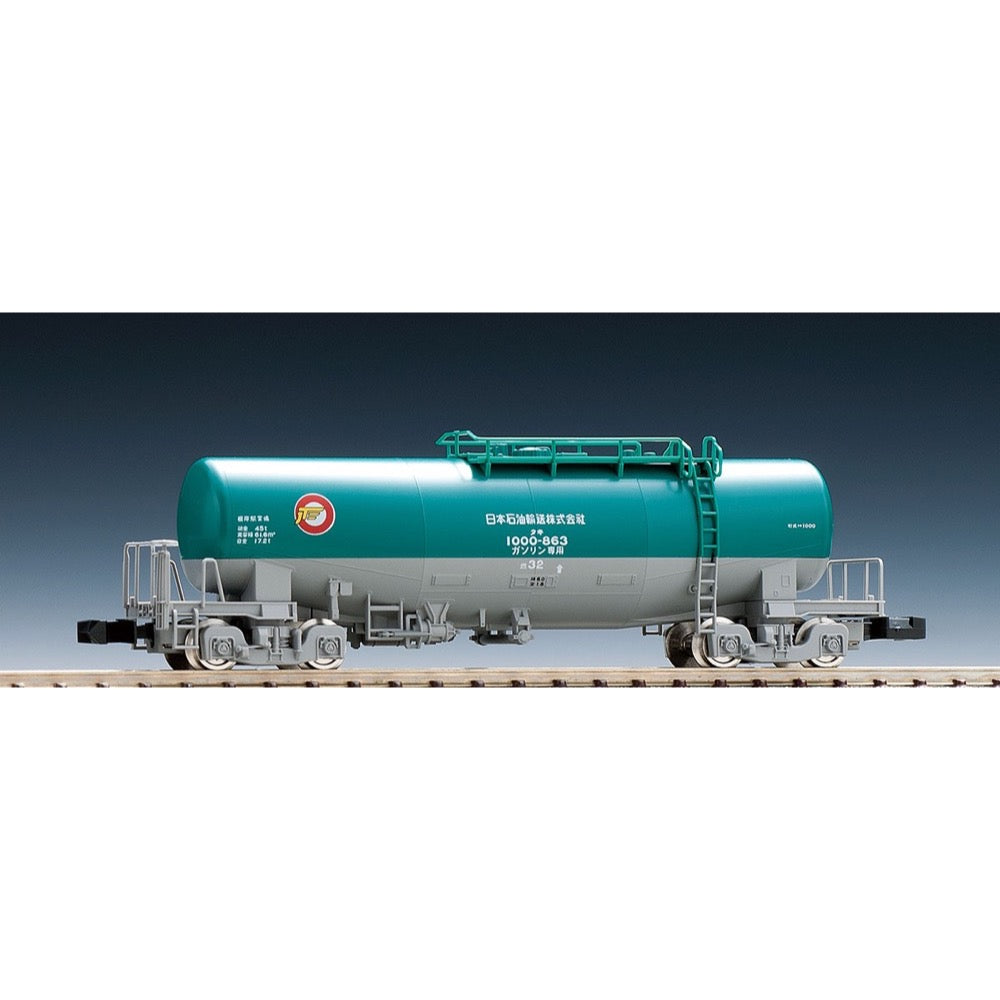
Tomix 8711 N TAKI 1000 Nippon Oil Transport Wagon
The Taki 1000 series is a gasoline tanker that began operating in 1993. It has a frameless structure similar to the Taki 43000 series, and can carry 45 tons of gasoline.
The bogie is FT21, allowing it to run at a speed of 95km/h.
Features
- The lineup now includes Nippon Oil Transportation's Taki 1000 type
- The prototype is a vehicle painted in green and gray owned by Nippon Oil Transportation
- Vehicle number printed (863)
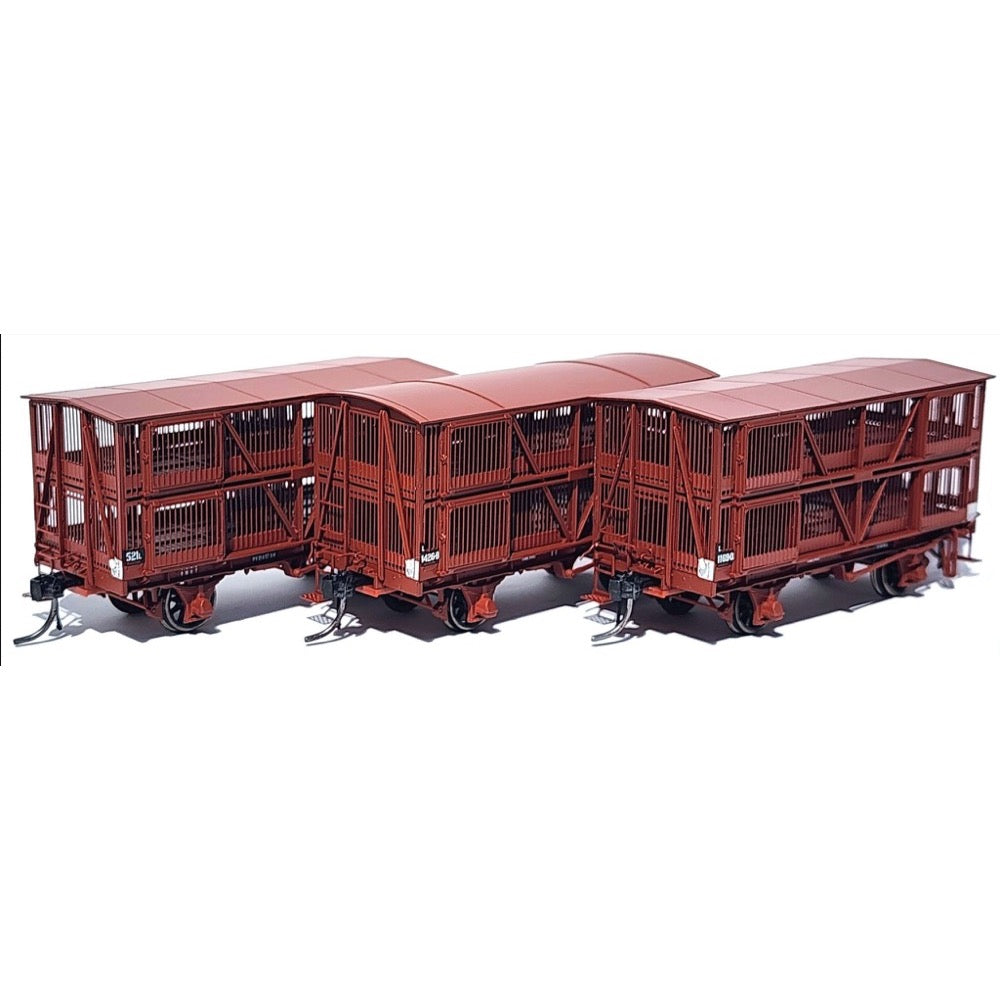
On Track Models LSV-03 Victorian 4 Wheel L Sheep Wagon 1960's Pack
On Track Models LSV-03 Victorian 4 Wheel L Sheep Wagon 1960's Pack
Features
- Six HO Scale Victorian L Sheep Vans
- Style: Six 4 Wheel Sheep Vans 3 with Gable Roofs and 3 with Curved Roofs
- Wagon numbers: L 626, L 929, L 1136, L 1255, L 1260, L 1290
- Era covered: 1960's
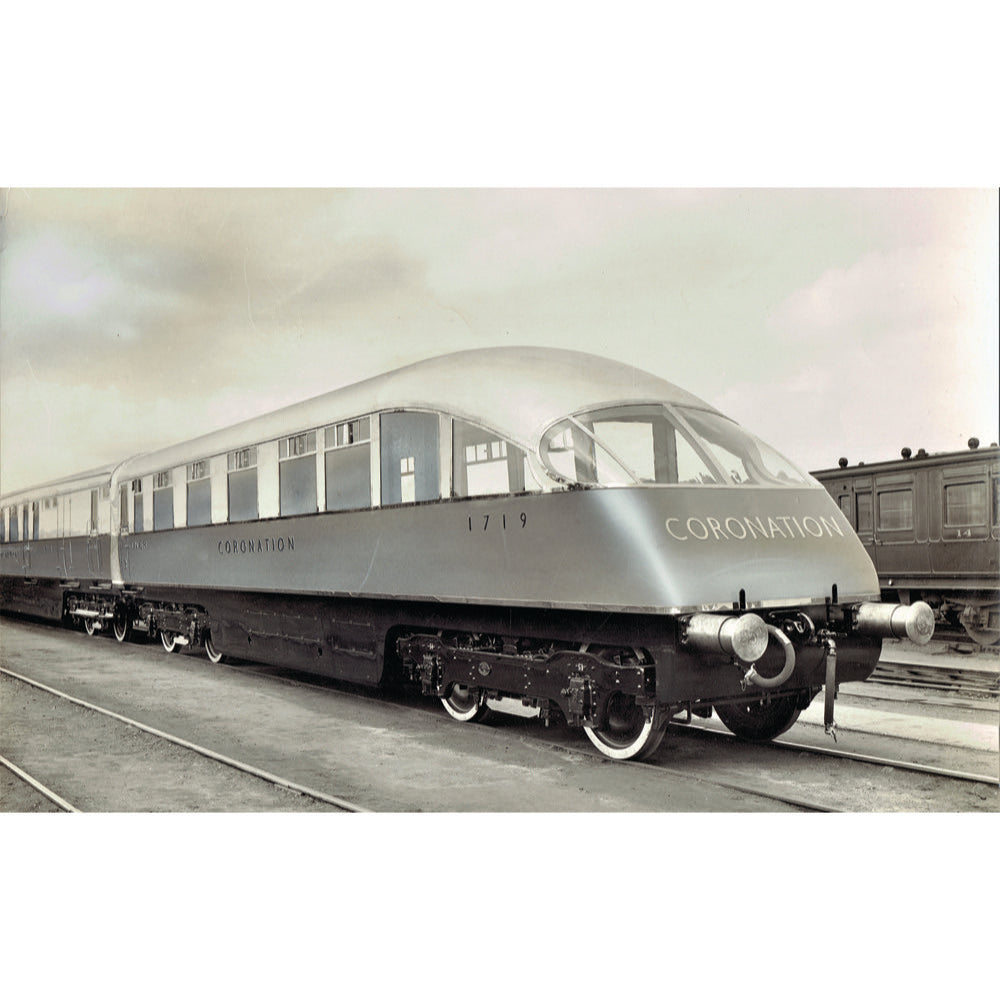
Hornby R40225 OO LNER Coronation Open Third and Kitchen Third Articulated Coach Pack
Named to mark the coronation of King George VI, 'The Coronation' was for a time the LNER's flagship express passenger service. The train ran between London and Edinburgh in as little time as 6 hours. The service was formed by a rake of four pairs of specially designed streamlined coaches, with the addition of a streamlined observation car other than in the winter when the short period of daylight precluded the views. One service was run in each direction each day, the down service departing London for Edinburgh at 16:00pm, and the up service leaving Edinburgh at 16:30pm. Services were usually pulled by an A4 Class locomotive, commonly liveried to match the rest of the train.
The coaches were based upon the successful Silver Jubilee design and featured extensive attempts to reduce drag and increase comfort including the use of articulated pairs of coaches sharing bogies which limited the gap between the coaches, and aerodynamic underframe skirting.
In total, 4 sets of coaches were built plus the two observation cars. 2 sets were used for 'Coronation' (and 'Talisman'; the return service) 1 set for the West Riding Limited service to Leeds, and 1 spare set which could be used for any of the preceding services. After the war, the services were not resumed, and the sets were split up.
After a fire in 1951, additional doors were added to the twin sets to reduce the time needed to disembark in emergencies. All coaches lost their underframe skirting to aid maintenance and reduce unnecessary weight.
Formation (observation car and locomotive both turned and arranged depending upon direction of travel)
- Brake Third (A) + Kitchen Third (Twin) (B)
- Open First (C) + Open First (Twin) (D)
- Open Third (E) + Kitchen Third (Twin) (F)
- Open Third (G) + Brake Third (Twin) (H)
Specifications
- Item Length - Without Packaging (cm): 29.1
- Item Height - Without Packaging (cm): 5
- Item Width - Without Packaging (cm): 3.5
- Item Weight - Without Packaging: 0.19
- Item Scale: 1:76 Scale 00 Gauge
- Finish: Painted
- Colour: Blue
- Operator: LNER
- Designer: LNER
- Livery: Marlborough Blue/Garter Blue
- Minimum Curve (mm): Radius 2
- Number of Parts: 1
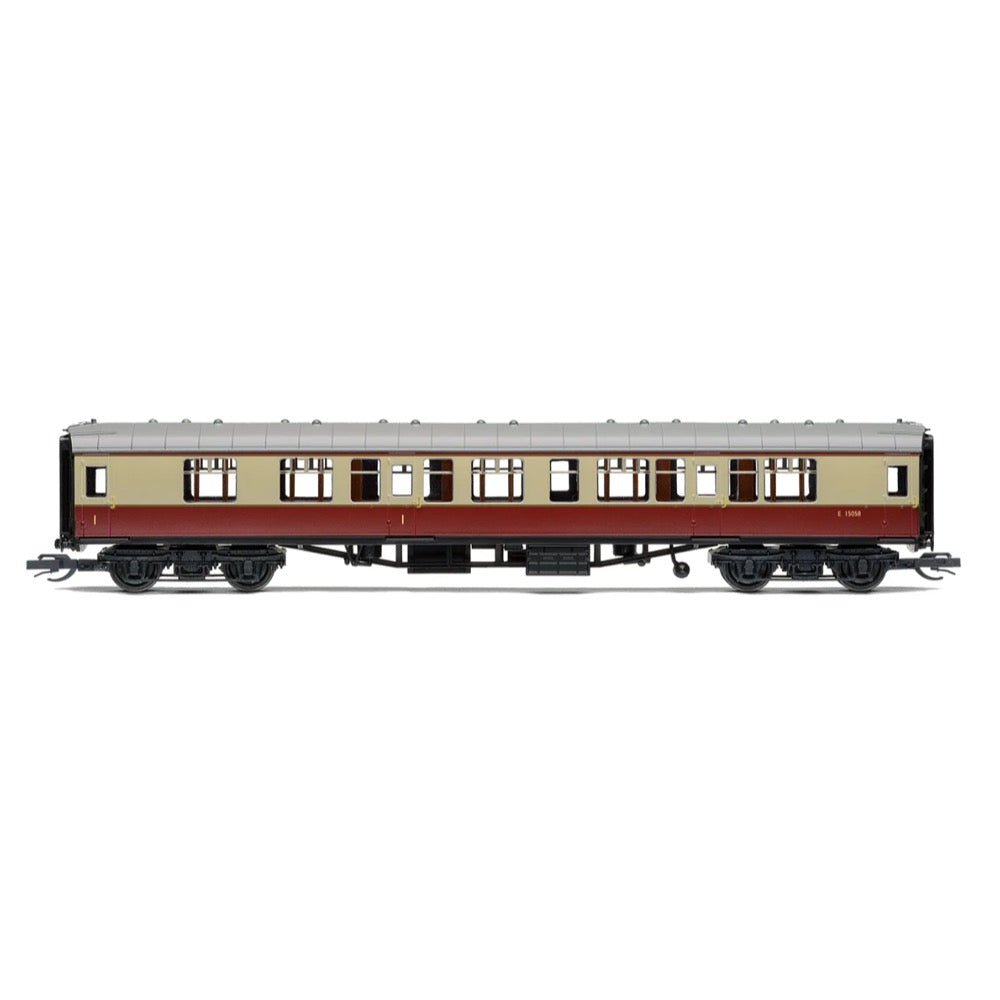
Hornby TT4005 TT BR Mk1 Composite Corridor E15058
Upon nationalisation in 1947 the newly formed British Railways saw the need to standardise their passenger stock, having inherited a patchwork of coaches of all different specifications from each of the big four who were in turn sometimes running a wide variety of stock from their constituent companies. This new coach would have to be perfect for every possible use that the new BR may need it for, which could be tricky when the coach would need to be used on high speed summer boat trains in the south and cold winter services in the north of Scotland.
These coaches would be constructed from 1951 to 1963 with only one significant change made during this time, a swapping of bogies in the last gasps of the Mark 1s build cycle. The Mark 1 coach as it would be designated was designed to be a ‘go anywhere, do anything’ coach utilising the best features from each of the big four coaches the company had inherited. The Mark One coaches were stronger than the designs they replaced, with their introduction being commended in rail safety reports. These coaches would be in stock in one form or another in the UK until 2010, when the Mark One based Class 421 was withdrawn from service on the Lymington Branch Line.
Specifications
- Item Length - Without Packaging (cm): 16.6
- Item Height - Without Packaging (cm): 2
- Item Width - Without Packaging (cm): 2.1
- Item Weight - Without Packaging: 0.04
- Item Scale: 1:120 Scale
- Finish: Painted
- Colour: Red
- Gauge: TT
- Operator: BR
- Designer: British Railways
- Livery: Carmine and Cream
- Minimum Curve (mm): Radius 1
- Number of Parts: 1


